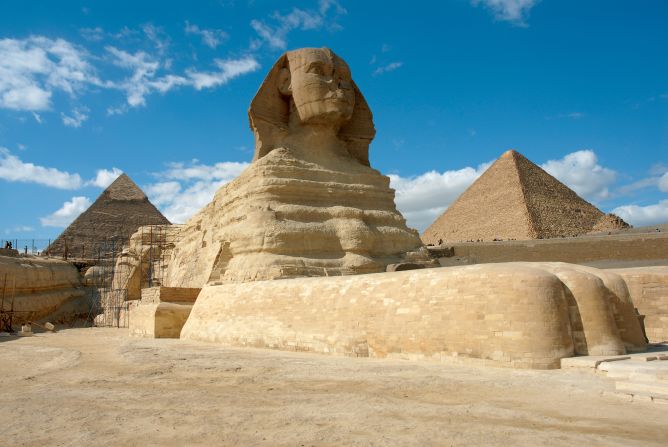Exploring the Ancient Wonders of Luxor: Your Ultimate Travel Guide
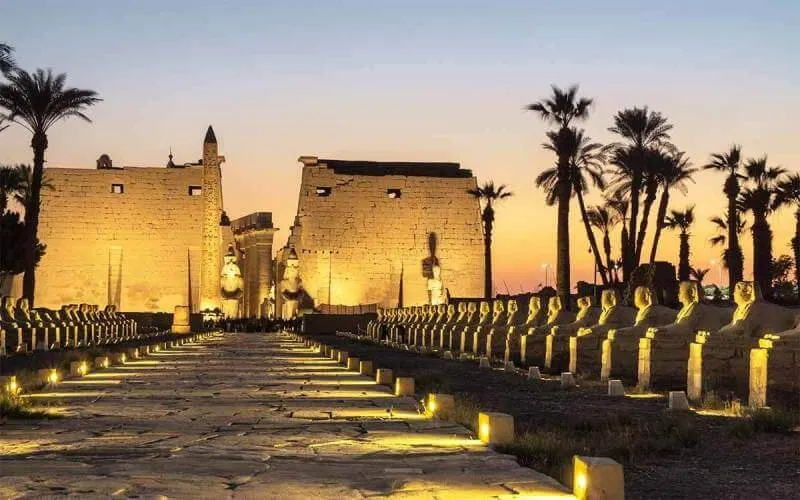
Introduction
Overview of Luxor
Luxor, often referred to as the “world’s greatest open-air museum,” captivates visitors with its rich tapestry of history, culture, and stunning architecture. Located along the banks of the Nile River, it serves as a gateway to the treasures of ancient Egypt.
Significance of Luxor in Ancient Egypt
Luxor holds immense importance in ancient Egyptian history. It was the site of Thebes, the capital during the height of the Egyptian Empire. Some of its notable features include:
- The majestic temples dedicated to the gods.
- The grandiose tombs of the pharaohs, showcasing their journey to the afterlife.
- A cultural and political hub that significantly influenced art and religion.
As visitors wander through its ancient streets, they can feel the weight of history and the echo of pharaohs, making Luxor a must-visit destination for those intrigued by ancient civilizations.
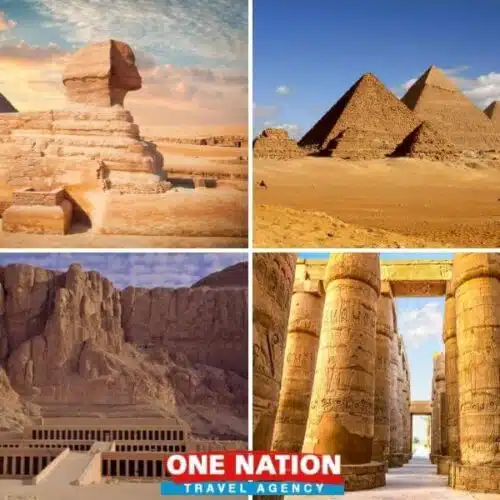
History of Luxor
Ancient Thebes: The Capital of Pharaohs
As the capital of Egypt during the New Kingdom era, ancient Thebes, now Luxor, was the epicenter of artistic and political advancements. Imagine wandering through a city buzzing with life, filled with grand palaces and vibrant markets. The vision of majestic temples dedicated to Amun stands out, highlighting its illustrious past.
Luxor Temple: A Monument to Pharaohs’ Power
Stepping into Luxor Temple is like walking back in time, directly into the heart of pharaonic power. Built by Amenhotep III, this majestic temple served multiple kings and religious events.
- Architecture : The towering statues and towering columns inspire awe.
- Symbolism : Every carving tells a story of divine kingship and victory.
Karnak Temple Complex: Religious Heart of Ancient Egypt
Just a short distance from Luxor Temple, visitors find the sprawling Karnak Temple Complex, the largest temple complex ever built. This site was dedicated primarily to Amun, the king of the gods, and boasts:
- Hypostyle Hall : Known for its massive columns, it creates a kaleidoscope of light and shadow.
- Sacred Lake : This serene spot offers a picturesque reflection of the monumental architecture.
These historical treasures collectively narrate the story of Luxor as a pivotal player in ancient Egypt, showcasing the brilliance of its civilization.

Archaeological Sites in Luxor
Valley of the Kings: Royal Tombs of Pharaohs
A visit to the Valley of the Kings immerses travelers in the world of pharaohs. This sacred burial ground is home to some of the most famous tombs, including that of Tutankhamun. As you walk through the intricate pathways, it’s awe-inspiring to witness:
- Elaborate Hieroglyphs : Each carving is a window into beliefs about the afterlife.
- Majestic Tombs : Ranging from simple to lavish, they showcase the pharaoh’s status.
Valley of the Queens: Final Resting Place of Queens and Princes
Just a stone’s throw away is the Valley of the Queens, where royal women found their eternal peace. This area is less crowded than its counterpart yet equally captivating:
- Tomb of Nefertari : Often regarded as the finest in the valley, it features stunning wall paintings.
- Tranquil Atmosphere : The serenity here adds to the reflective experience of exploring ancient burials.
Deir el-Medina: Village of the Workers
Not far from the valleys lies Deir el-Medina, an extraordinary site that once housed the skilled workers who crafted the royal tombs. Walking through this ancient village, visitors can discover:
- Humble Dwelling Remnants : These homes give a glimpse into the daily lives of the artisans.
- Graffiti and Artworks : They reveal the vibrant culture and casual banter of workers, often adorned with humor and stories.
These archaeological sites in Luxor paint a rich picture of ancient life, allowing visitors to connect with the past in profound ways.

Modern Luxor
Luxor Museum: Showcasing Ancient Artifacts
Transitioning from ancient history to the present, the Luxor Museum is a must-visit. This well-curated space beautifully displays a collection of artifacts recovered from the nearby sites, allowing visitors to appreciate the craftsmanship of ancient Egypt.
- Highlights include :
- Statues of Pharaohs : Each figure tells its own story of power and divinity.
- Artifacts of Daily Life : Items used by ordinary Egyptians reveal fascinating details about their customs.
Luxor Market: Exploring Local Culture and Souvenirs
Just a short stroll from the museum, the bustling Luxor Market invites exploration. As you roam the vibrant stalls, you can find a treasure trove of local crafts and goods:
- Handmade Jewelry : A perfect keepsake representing the art of local artisans.
- Spices and Sweets : The aroma of spices fills the air, making it hard to resist sampling local flavors.
Luxor Waterfront: Relaxing by the Nile
After a day of exploration, unwinding by the Luxor Waterfront offers a peaceful retreat. As the sun sets over the Nile, the ambiance transforms into something magical:
- Strolling along the promenade : Visitors can enjoy picturesque views.
- Local eateries : Sample delicious Egyptian dishes while watching boats drift by.
This modern side of Luxor wonderfully complements its ancient heritage, showcasing a city that thrives on the fusion of history and vibrant contemporary culture.

Practical Travel Tips
Best Time to Visit Luxor
Planning the ideal trip to Luxor requires considering the best time to visit. The most pleasant months are from October to April when the weather is mild. Imagine strolling through ancient sites without the blistering summer heat:
- October to November : Perfect for comfortable exploration.
- December to February : Ideal for enjoying Luxor’s magic without the crowds.
Transportation in Luxor
Navigating Luxor is relatively straightforward, making it easy to explore its wonders. Here are some options to consider:
- Horse-drawn Carriages : A charming way to travel short distances, soaking in the views along the way.
- Public Buses : An economical method for budget travelers, connecting major sites.
- Taxis : Easily available, but agree on a fare before starting your journey.
Accommodation Options in Luxor
Luxor offers a variety of accommodation choices to suit all budgets. Depending on your preferences, you can choose from:
- Luxurious Hotels : Many upscale options line the Nile, providing stunning views.
- Mid-range Hotels : Affordable yet comfortable, perfect for families or groups.
- Budget Hostels : Great for solo travelers or backpackers, allowing for easy social interaction.
With a little planning on timing, transportation, and accommodation, your visit to Luxor can be both enjoyable and memorable, enhancing the overall experience.
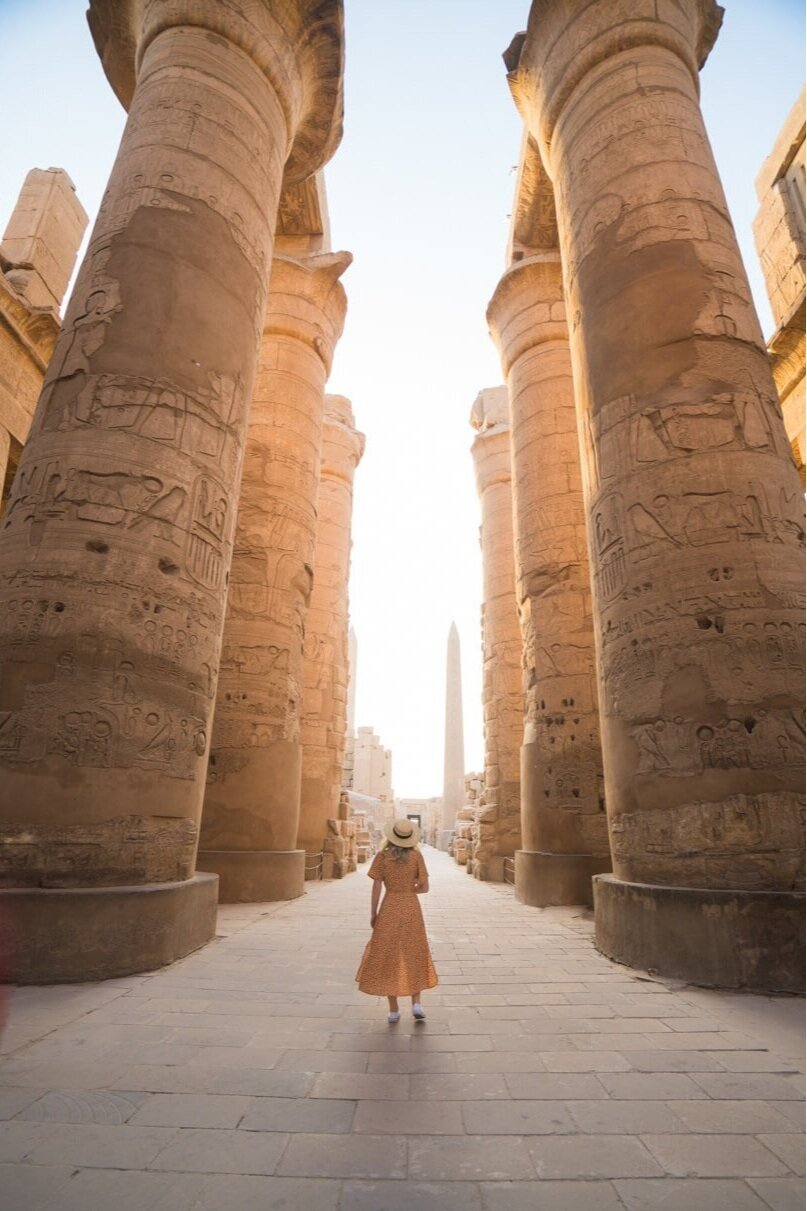
Cultural Experiences
Traditional Egyptian Cuisine in Luxor
Immersing yourself in Luxor isn’t just about history; it’s also about savoring its traditional cuisine. Street vendors and local restaurants offer an array of delicacies that excite the palate.
- Must-try dishes :
- Koshari : A satisfying mix of rice, lentils, pasta, and tomatoes.
- Mahshi : Vegetables stuffed with rice and herbs, a beloved local favorite.
Festivals and Events in Luxor
Participating in Luxor’s festivals can add a vibrant touch to your visit. It’s a chance to see the city’s heart and soul come alive:
- Abu Simbel Sun Festival : Held twice a year, it celebrates the sun’s rays illuminating the temple of Ramses II.
- Luxor African Film Festival : An exciting event showcasing African cinema, fostering cultural exchange.
Interacting with Locals: Etiquette and Customs
Engaging with locals in Luxor adds a rich layer to your travel experience. Understanding some basic etiquette can enhance these interactions:
- Greetings : A warm handshake, or a friendly “Ahlan” (hello), goes a long way.
- Dining Etiquette : When invited to a local home, it’s polite to compliment the food and offer to share some of your own culture.
These cultural experiences create lasting memories, helping to forge connections and deepen the appreciation of Luxor’s vibrant heritage.

Day Trips from Luxor
Temple of Hatshepsut at Deir el-Bahari
Just a short drive from Luxor, the Temple of Hatshepsut at Deir el-Bahari is a breathtaking site. Nestled against the cliffs, this mortuary temple is a stunning tribute to Egypt’s female pharaoh. Visitors can marvel at:
- Architectural Innovation : Its terraced design harmonizes with the surrounding landscape.
- Intricate Reliefs : These tell the story of Hatshepsut’s remarkable reign.
Colossi of Memnon: Massive Statues in the Theban Necropolis
Another iconic stop is the Colossi of Memnon, two towering statues that have stood sentinel over the Theban Necropolis for millennia.
- Statue Details : Each statue stands over 18 meters tall, capturing the grandeur of Pharaoh Amenhotep III.
- Historical Lore : Legends tell of the statues singing at sunrise, an enchanting folklore that adds to their allure.
Dendera Temple Complex: Explore Ancient Egyptian Religious Beliefs
A bit further afield lies the Dendera Temple Complex, dedicated to the goddess Hathor. This well-preserved site offers a unique glimpse into ancient Egyptian beliefs:
- Astrological Ceiling : Visitors often gawk at the brilliantly painted ceilings depicting zodiac signs.
- Sacred Lake : It’s ideal for a leisurely stroll, reflecting on history’s interconnectedness with nature.
These day trips from Luxor provide a rich tapestry of experiences, allowing travelers to dig deeper into the fascinating history and culture of ancient Egypt.
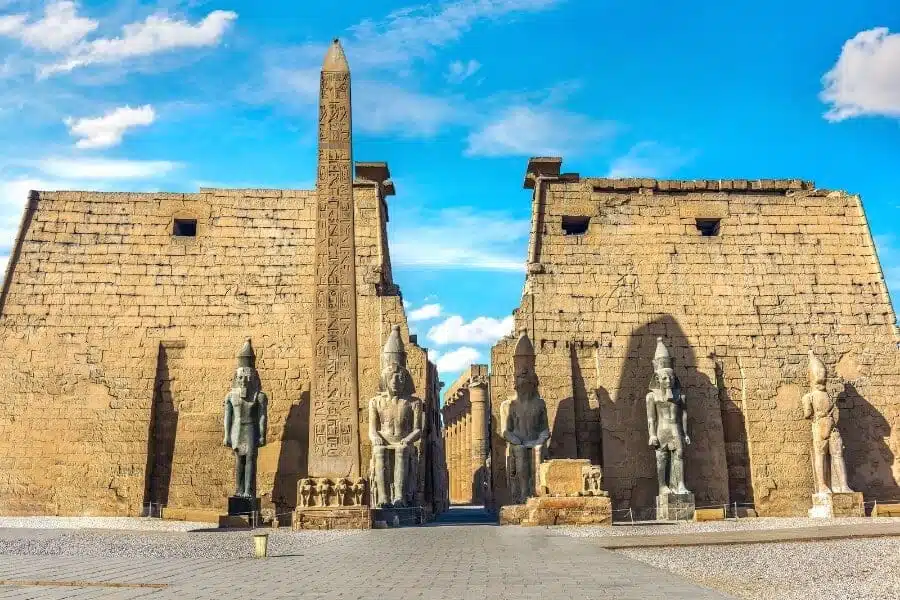
Conservation Efforts and Future of Luxor
Preservation of Luxor’s Heritage
As one of the most historically rich cities in the world, Luxor embraces conservation efforts to safeguard its unrivaled heritage. Organizations and local authorities are working tirelessly to:
- Restore Ancient Sites : Ongoing restoration projects on temples and tombs ensure their longevity.
- Document History : Archaeological studies and digital mapping are capturing Luxor’s treasures for future generations.
Sustainable Tourism Practices
With growing visitor numbers, Luxor is prioritizing sustainable tourism practices to balance preservation and tourism. Some key initiatives include:
- Eco-friendly Accommodations : Many hotels are adopting green policies, such as solar energy and water conservation.
- Community Involvement : Engaging locals in tourism helps ensure economic benefits flow into the community.
The Ongoing Discoveries in Luxor
Every year, Luxor surprises experts and visitors alike with groundbreaking archaeological discoveries. Recent findings have included:
- New Tombs : Excavations continue to reveal untouched graves, providing insights into ancient burial practices.
- Artifacts : Every dig contributes to a better understanding of daily life in ancient Egypt.
As Luxor continues its journey of preservation and discovery, it remains a beacon of ancient civilization, inviting future generations to explore its extraordinary legacy.

Conclusion
Reflecting on the Timeless Allure of Luxor
Luxor stands as a testament to the enduring legacy of ancient Egypt, captivating visitors through its majestic temples, tombs, and rich cultural experiences. The unique blend of history and modernity creates an atmosphere that feels both timeless and alive, making every journey through its streets a captivating experience.
Inspiring Wanderlust for Exploring Ancient Wonders
As travelers reminisce about their time in Luxor, the inspiration to discover ancient wonders only deepens. Each glimpse of a hieroglyph or every enchanting sunrise over the Nile beckons for further exploration, urging wanderers to chase the echoes of history.
- Plan Your Visit : Embrace the charm of Luxor and embark on your own adventure through time.
- Share Your Experiences : Inspire others to step into the stories of ancient Egypt and create their own timeless memories.
With its unparalleled allure, Luxor continues to be a dream destination that ignites the wanderlust in all who seek adventure among the whispers of the past.



